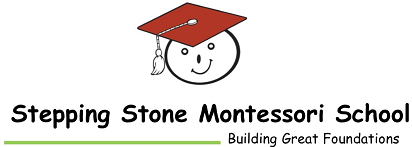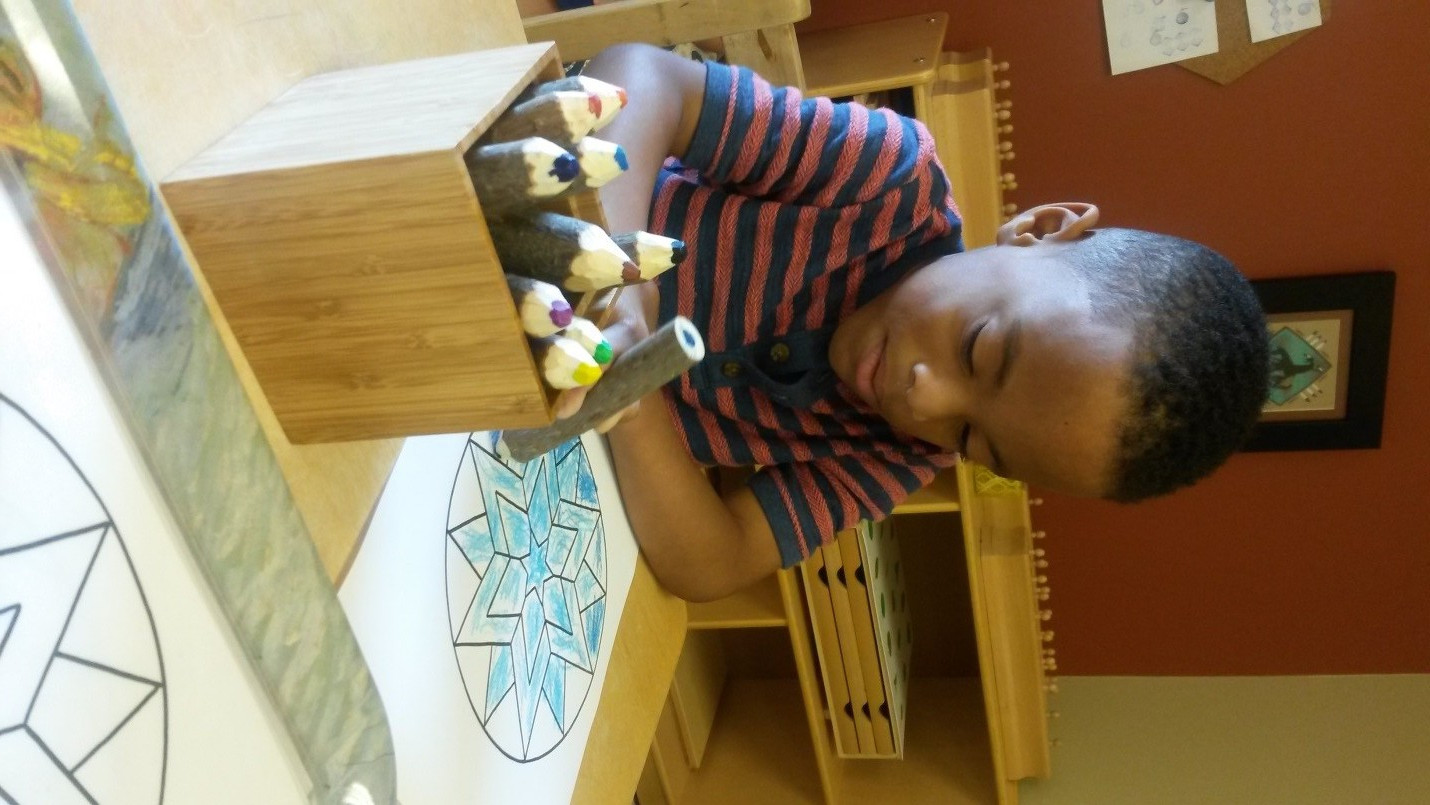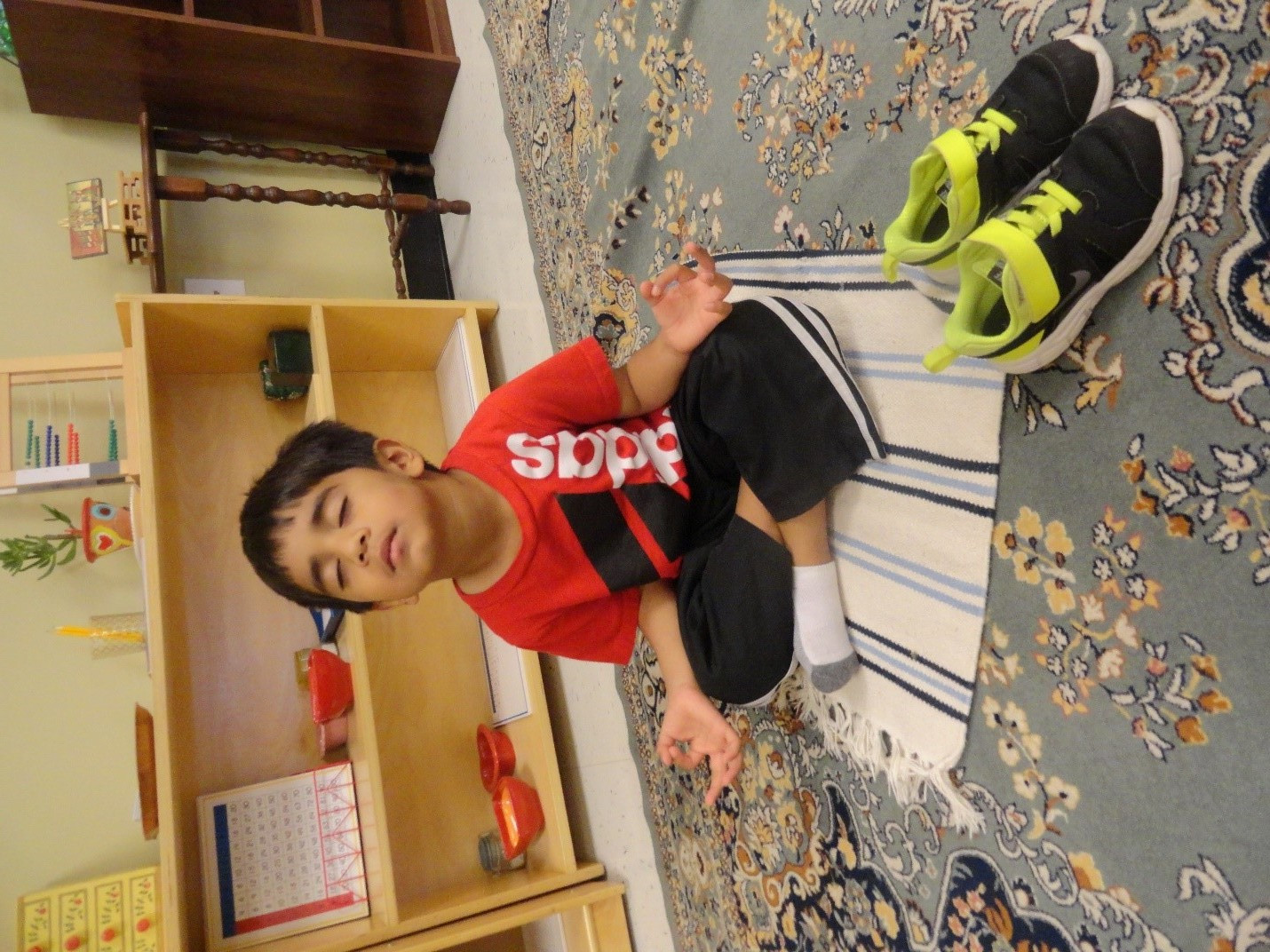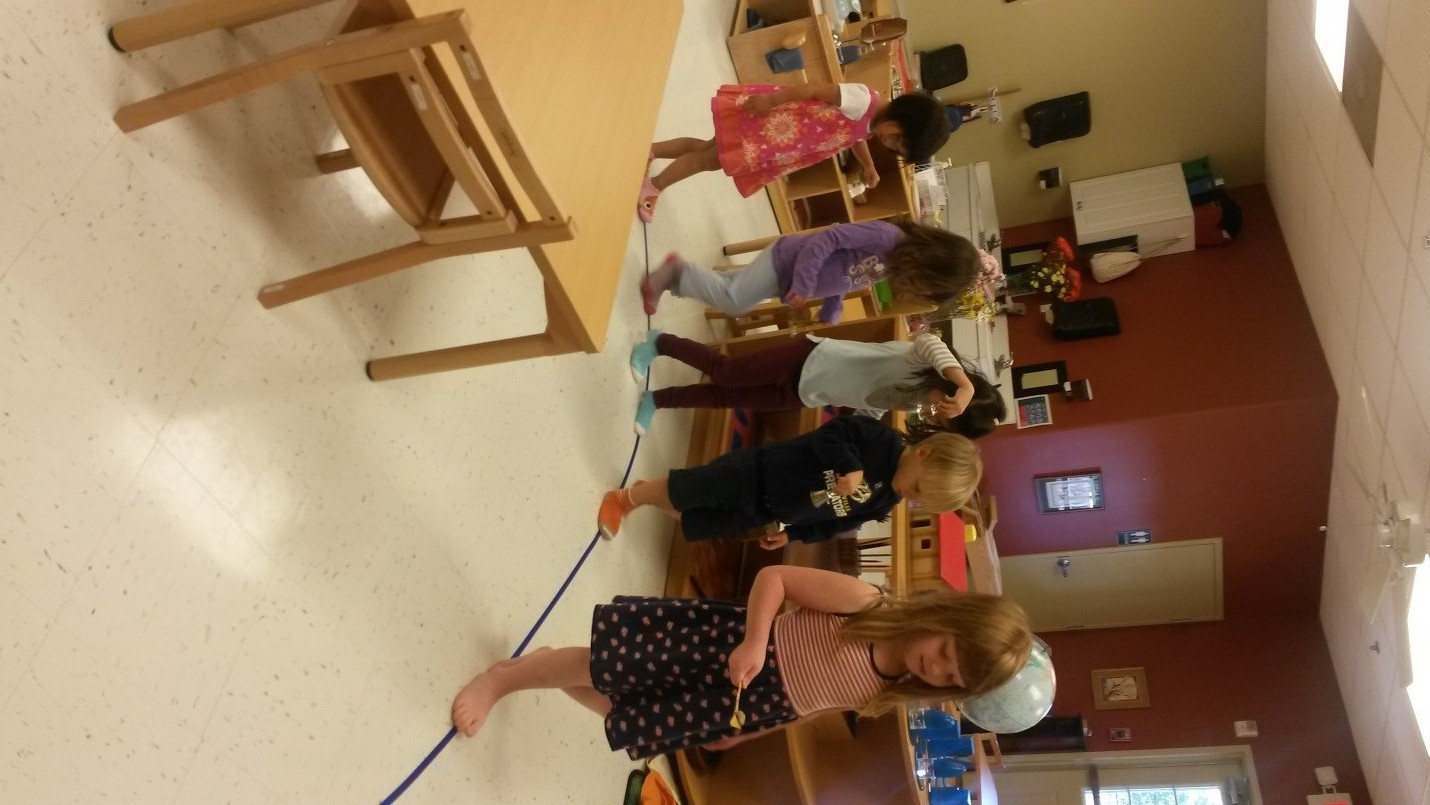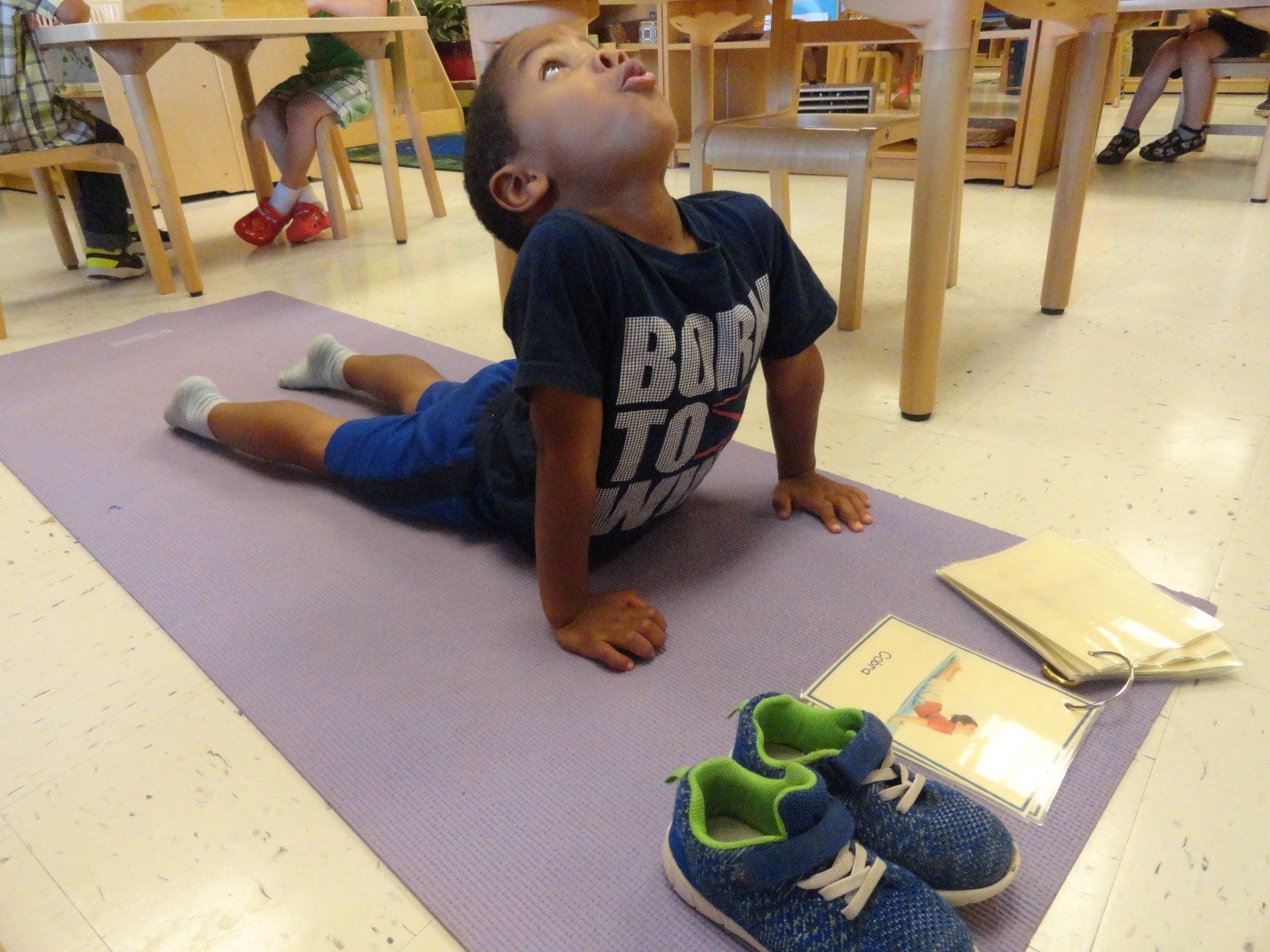Like many parents of young children new to Montessori, I was stunned after my first observation of a Montessori classroom. I was impressed seeing a map of the United States perfectly traced, colored and labeled, and the notebook of a six-year-old with written out division equations and stories written in cursive. I was even more overwhelmed by the knowledge being achieved by such a young child since my daily experience at the time was spent in a public traditional early childhood program helping four year olds recognize their first names and learn to count to 10. As I learned more about Montessori pedagogy I discovered aspects of the curriculum that spoke to me even more than the impressive math and language skills I witnessed that first day.
Maria Montessori believed education was the path to world peace. A peaceful future achievable through the education of children is an idea she speaks about in multiple lectures compiled into the book Education and Peace. “Preventing conflict is the work of politics; establishing peace is the work of education” (Maria Montessori, 1936).She received six Nobel Peace Prize nominations over the course of her time spent working with children and training new teachers.
Peace is a pretty big task to be trying to accomplish with children as young as 2. How can you create, or keep peace, when you can barely talk? In the youngest of communities, children are taught grace and courtesy lessons to help them navigate their daily experience in the classroom and in life. Children are shown how to ask a question without interrupting, how to observe a working child without disturbing, and how to carry a chair without hitting furniture or someone else. Although these skills are important for the independence of the child (which is the heart of Montessori) the idea that your actions affect the lives of others is at the core of so much of what we do on a daily basis. Learning how to go about your day in a way that does not negatively interfere with the lives of those around you is the start of a peaceful society.
Our actions as adults influence the effectiveness of those lessons in our interaction with other adults and the children, for good and bad. We can unravel any perfectly presented lesson on the importance of peace with a single aggressive look, or unkind word shared in a child’s presence, whether the child was the intended recipient or not. This is why peace must begin with young children. Trying to change the minds and attitudes of adults is difficult. When we cultivate positive interactions from the beginning, the child will more repeatedly choose the peaceful solution since that is what s/he has been exposed to the most. It is much harder to heal the hurting heart of an adult who wants to continue hurting others than it is to raise respectful, generous, thoughtful children who could never imagine harming another being in word or action.
This is not to say we are creating perfect children who never disagree, bicker, or even fight, but the goal is for the initial reaction to be one of understanding and patience. We offer the older child the tools to verbally work through disagreements guiding them with specific language to constructively come to a solution everyone can agree upon. This conversation does not always end with an apology as most adult guided interactions with young children often do. Children are given the option to walk away as a simple solution to remove themselves from the situation in the moment, but the topic is brought up later when all parties involved are calmer and more level headed to discuss appropriately.
We start by limiting the opportunities for certain conflicts to arise in the classroom in the first place. In Montessori, our idea of sharing is having only one of each material available to the children. Instead of arguing over whose turn is next or trying to equally divide a large container of identical items (almost impossible for children with limited verbal skills), the children learn to wait for their time to use a material and know that moment has arrived when the item is returned to its rightful place on the shelf. S/he is then not rushed to complete the activity in an attempt to give someone else a turn, but are given the time to work with a material they enjoy until they feel fulfilled. They are also able to choose what to work on at a given time, and are then able to do that work without disruption from others (child or adult). Think about how much happier you would be if you did not have as many deadlines for when certain projects were to be completed, or how much peaceful of person you would be if you didn’t have to stop what you were doing to attend a meeting you would’ve scheduled for a different time.
There are certain materials available to the children to specifically teach them how to be mindful of others and peaceful in their choices. “Walking on the line” is one of the most under-appreciated materials for teaching peace. Children are shown to walk on a line placed on the floor in the shape of an ellipse. Once children gain control of their bodies effectively while just walking, objects are introduced for the child to then carry while walking. When children are walking, they are developing their self-control physically, but also developing their self-discipline to keep their place in the procession, and manage their pace and direction efficiently to not affect the others. They are learning how their actions and choices can negatively impact others even if the intent to do so is not present. Walking on the line is also an opportunity for the energetic child to take some time to slow down and focus on very specific movements which allows them to come away more alert but refreshed.
Following the “care of self” activities that teach the children independence, they are introduced to the materials collectively known as “care of environment”. Care of environment activities include materials like clothes washing and flower arranging. Children are further developing their fine and gross motor skills while contributing to the community of the classroom by making it more beautiful (flower arranging) or completing a task that helps someone else (clothes washing). The children are encouraged to help with the daily chores in the room to give them a sense of connection to the classroom, and builds a sense of responsibility to each other that everyone should help out because we all share this space. The smallest moments like cleaning up spilled water reinforce to the child how his/her choice of not carrying a container properly affects the entire class because the floor of the room is now slippery enough for someone to fall down if their cleaning effort is not thorough.
Even our geography lessons, which extend beyond learning names of countries, give the children opportunity to become a more peaceful person. Reading stories of other cultures and looking at pictures from across the world help the children learn how everyone is different, yet despite those differences we still have the same basic needs and similar wants. Recognizing a variety of holidays helps children appreciate other lifestyles and religions while being able to participate in the activities involved in certain holidays.
Depending on the classroom environment, activities like yoga and meditation are offered as a way for the children to connect their minds and bodies as well as give themselves time to stop and reflect. Items like mandalas or labyrinths for the children to interact with are also a nice way to re-center the anxious or excitable child. Most classes also allow children a variety of opportunities to release physical energy like running around outside for a few minutes, or jumping in a designated area of the room. The flexibility of the Montessori curriculum allows for the introduction of more formal peace curriculums that help children learn things like identifying emotions, recognizing positive choices in others, and hearing about past peaceful people and their impact on the world.
As with most things, children learn best through repetition and song. The simplest of songs, like the one that ends with “The more we get together/The happier we’ll be”, has a great impact on the young child and is an easy way to start teaching peace at home. One of the best Montessorians I ever met repeatedly told me “when in doubt, just sing with the children”. I am privileged to work in an environment where that is an option, and peace is as much of a goal as reading, writing or arithmetic.
